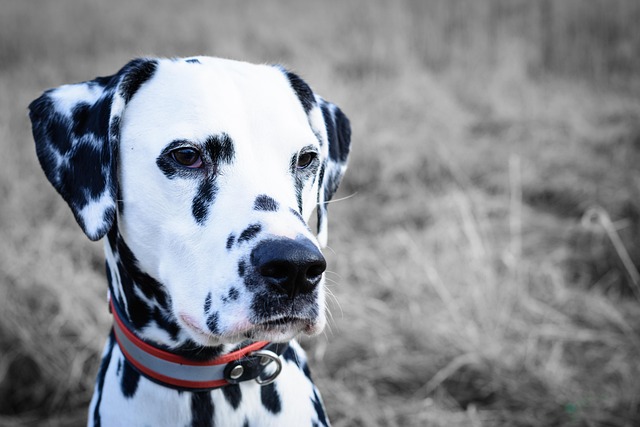
What is a natural remedy for a dog's stomach?
Dog’s upset stomach can turn a normal day upside down—those slow walks to the yard, the whimpering after meals, or the sudden disinterest in their favorite treats are hard to miss.
When we finish bathing a dog, its wet little body always makes us eager to dry it as soon as possible. A hair dryer, a common small household appliance in daily life, naturally becomes our first choice for drying a dog's fur. However, at the moment when we pick up the hair dryer and are ready to bring dryness to the dog, an important question quietly emerges — is it safe to use a hair dryer to dry a dog? Behind this question, there are many details that we need to explore in depth.
A hair dryer works by heating the air and then blowing out the hot air to accelerate the evaporation of water and achieve the purpose of drying objects. For dogs, quickly drying their fur can indeed prevent them from catching a cold, especially in cold seasons. Just imagine that after a bath, a dog's fur is soaked with water, and its body temperature will quickly drop as the water evaporates. If it is not dried in time, the dog will easily shiver and may even experience physical discomfort. At this time, the warm hot air blown out by the hair dryer is like the warm sun in winter, which can quickly dispel the chill for the dog and make it warm again.
However, while the hair dryer brings convenience, it also hides some potential risks. The adjustment of the temperature and wind power of the hair dryer is crucial. If the temperature is set too high, the dog's delicate skin can easily be scalded. A dog's skin is more sensitive and fragile compared to that of humans, and they cannot express the pain of being scalded as accurately as we can. Once scalded, symptoms such as red skin and blisters may occur, not only making the dog suffer physical pain but also potentially leading to a series of subsequent problems such as infections. As owners, how remorseful and heartbroken we would feel if we saw the dog getting injured due to our carelessness. It's just like when we carefully take care of a precious treasure but damage it due to our own carelessness.
Similarly, too strong wind power can also cause trouble for the dog. Strong wind may make the dog feel uneasy or even fearful. When facing unfamiliar or overly strong stimuli, dogs often show resistance. They may keep twisting their bodies and trying to avoid the air outlet of the hair dryer, which not only increases the difficulty of drying the fur but also may cause us to accidentally pull the dog's fur during the operation, making them feel even more uncomfortable. Every time we see the dog's frightened eyes, we will reflect on whether our behavior has caused it unnecessary harm. After all, our original intention is to take good care of it and make it healthy and happy, not to make it feel scared.
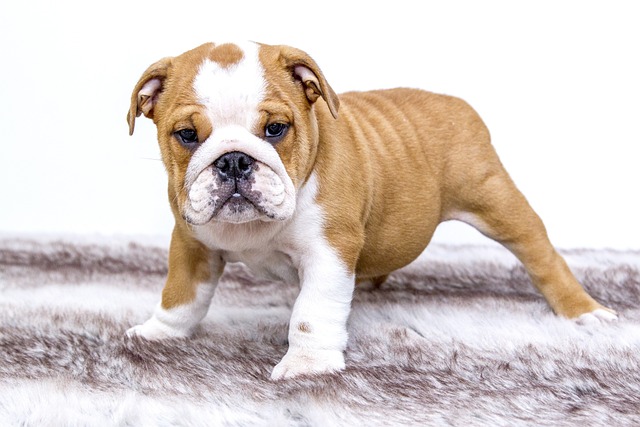
Dogs of different breeds also have different degrees of adaptability to hair dryers. Small dogs, such as Chihuahuas and Pomeranians, due to their small size, their skin and fur are relatively more delicate, and they are more sensitive to changes in the temperature and wind power of the hair dryer. When drying their fur, we need to adjust the hair dryer to the lowest temperature and the smallest wind power, and keep the hair dryer at a certain distance from the dog's body, about 15 to 20 centimeters. Move the hair dryer slowly to ensure that every part of the fur can be evenly heated without making the dog feel uncomfortable. Medium-sized dogs, such as Beagles and Corgis, relatively have stronger adaptability, but we still can't be careless. We should always pay attention to the dog's reaction and adjust the settings of the hair dryer in a timely manner according to its performance. For large dogs, such as Golden Retrievers and Labrador Retrievers, although their fur is thicker and their skin is relatively tougher, it doesn't mean that we can use the hair dryer casually. Even for large dogs, if they are exposed to high temperature or strong wind for a long time, they may also have skin problems or feel irritable.
In addition to breed differences, the dog's age is also an important factor to consider. The physical functions of puppies have not yet been fully developed, and their skin and fur are very fragile, with poor ability to regulate temperature. When using a hair dryer on a puppy, we must be extremely careful. The temperature should be appropriate and stable, avoiding sudden changes in temperature. The physical resistance of senior dogs decreases, and the sensitivity of their skin increases, so we also need to treat them with caution. They may have been accustomed to a specific way of care, and if we suddenly use a hair dryer, it may cause their aversion. We need to patiently guide them and let them gradually get used to the sound and hot air of the hair dryer.
Some dogs may have an innate fear of hair dryers. This may be because the buzzing sound of the hair dryer reminds them of some dangerous sounds, or they may have had an unpleasant experience when a hair dryer was used on them before. For such dogs, we cannot forcefully use the hair dryer but should adopt some gentle methods to help them overcome their fear. For example, we can first turn on the hair dryer and place it at a distance from the dog, allowing it to gradually get familiar with the sound of the hair dryer. Then, slowly move the hair dryer closer to the dog while giving it some comfort and rewards, such as praising it softly and giving it its favorite snacks. In this way, let the dog gradually establish a positive association with the hair dryer and reduce its fear.
During the process of using a hair dryer to dry a dog's fur, we also need to pay attention to different parts of the dog's body. The dog's head, especially around the eyes and ears, requires special care. If the hot air blows directly into the eyes, it may cause dryness and inflammation of the eyes; if it blows into the ears, it may cause ear discomfort and even damage the eardrum. We can gently wipe the water on the dog's head with a towel and try to reduce the time of directly blowing the head with the hair dryer. For parts of the dog's body where the fur is thinner and the skin is more sensitive, such as the abdomen and the inner sides of the legs, we should also reduce the temperature and wind power of the hair dryer and dry them slowly.
Using a hair dryer to dry a dog's fur is not absolutely safe. Instead, we need to fully consider various factors and use it carefully during the operation. Our love for dogs is not only reflected in providing them with food and shelter but also in every detail of daily life. Every time we bathe and dry a dog's fur, it is an opportunity for us to express our love for them. We should feel the dog's needs with our hearts and care for them in the right way, making the hair dryer a helpful assistant to keep the dog healthy and comfortable, rather than a potential factor that harms them. Only in this way can our dogs, under our careful care, have a healthy body and a happy life and accompany us through more wonderful times.

Dog’s upset stomach can turn a normal day upside down—those slow walks to the yard, the whimpering after meals, or the sudden disinterest in their favorite treats are hard to miss.
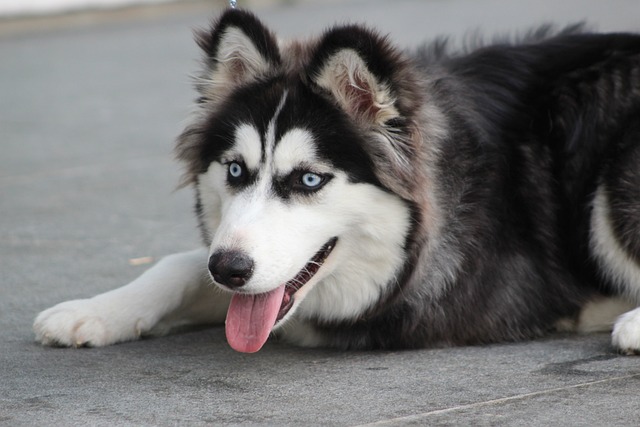
Heterochromia in dogs, where one eye is a different color than the other, often catches attention—especially in breeds like huskies. Many owners and enthusiasts wonder just how uncommon this trait really is in these striking, wolf-like canines.
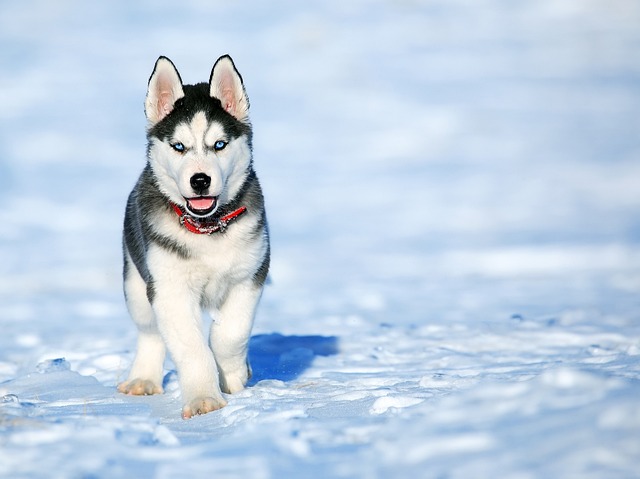
Dogs squinting, rubbing their faces against furniture, or leaving small wet spots on the couch—these are often the first signs that something’s off with their eyes.
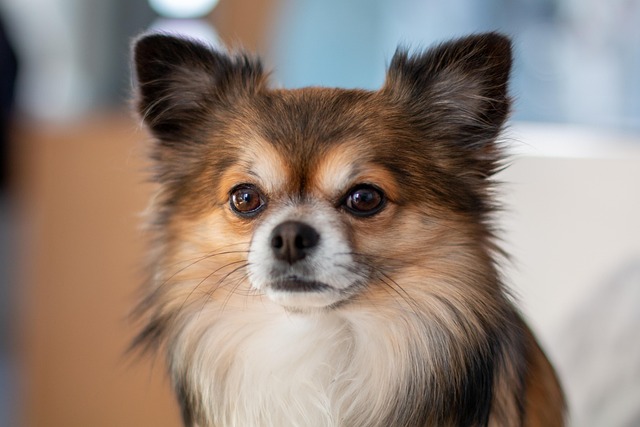
What can I do about my dog shedding hair? You're sitting on your brand - new couch in your cozy apartment in downtown LA, ready to binge - watch your favorite show.
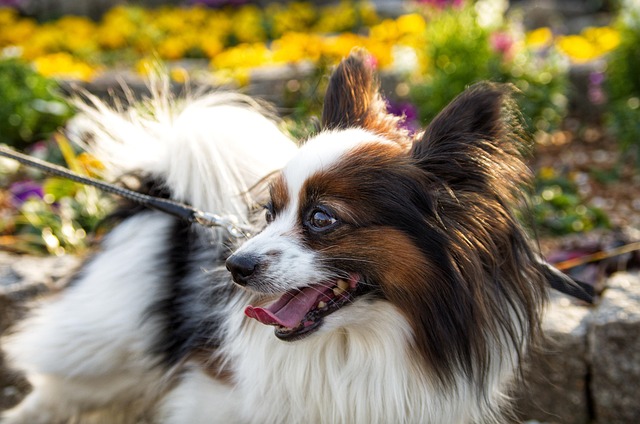
Does dog plaque powder really work? Let’s say you’re a new dog owner, staring at your 1-year-old corgi, Max, who turns into a wriggly mess every time you try to brush his teeth.
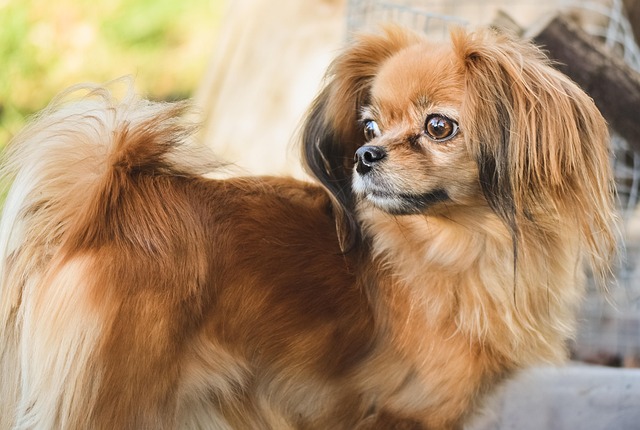
How to make sure dogs' teeth stay healthy? Imagine your 2-year-old cocker spaniel, Lila, bounding up to greet you with a wagging tail, her mouth open in a happy pant